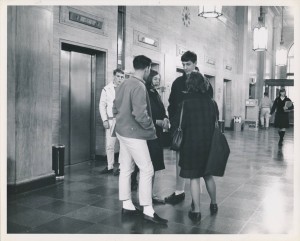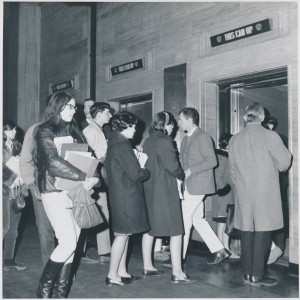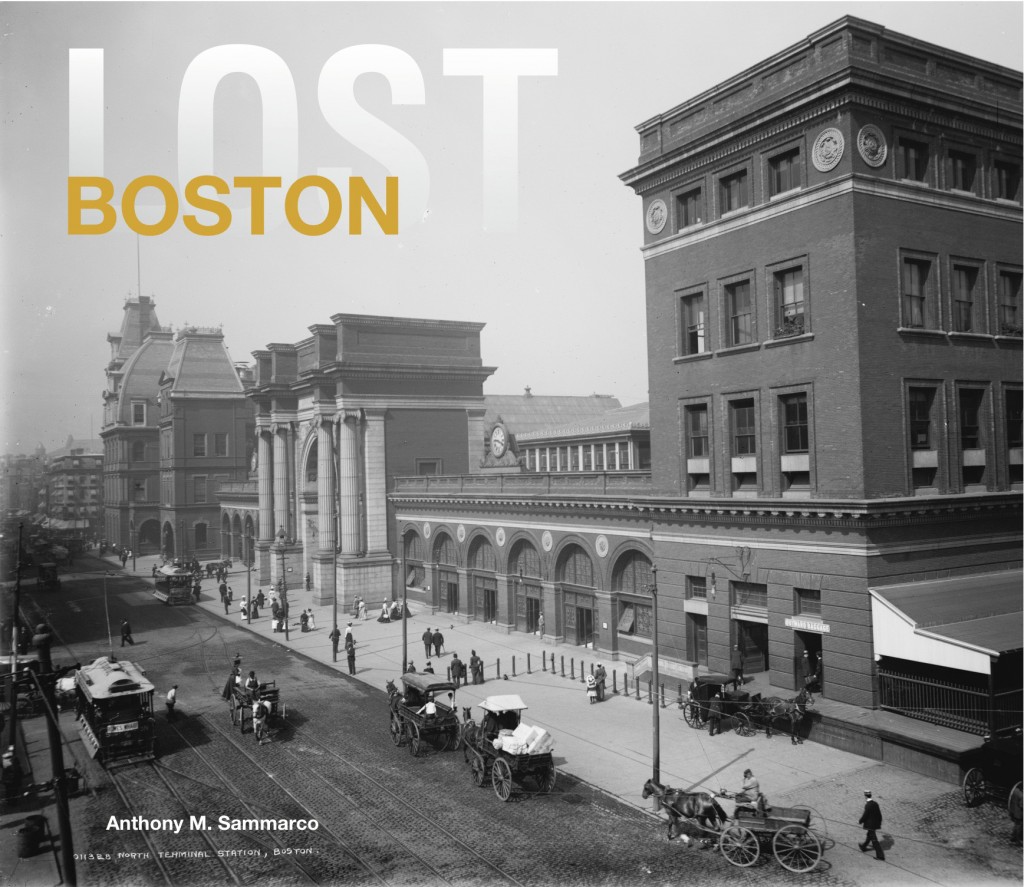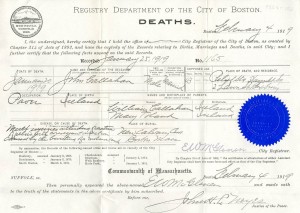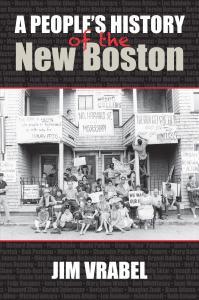 When: Thursday, October 16, 2014 | 3:00 – 5:00 pm
When: Thursday, October 16, 2014 | 3:00 – 5:00 pm
Where: Point Lounge, Campus Center 3rd Floor, on the campus side, University of Massachusetts Boston
Join the Friends of the Joseph P. Healey Library for a reading from and reception for Jim Vrabel’s new book, A People’s History of the New Boston, published by UMass Press. Barbara Lewis, director of the William Monroe Trotter Institute, will introduce the author.
Books will be available for purchase, and refreshments will be served.
Although Boston today is a vibrant and thriving city, it was anything but that in the years following World War II. By 1950 it had lost a quarter of its tax base over the previous twenty-five years, and during the 1950s it would lose residents faster than any other major city in the country.
Credit for the city’s turnaround since that time is often given to a select group of people, all of them men, all of them white, and most of them well off. In fact, a large group of community activists, many of them women, people of color, and not very well off, were also responsible for creating the Boston so many enjoy today. This book provides a grassroots perspective on the tumultuous 1960s and 1970s, when residents of the city’s neighborhoods engaged in an era of activism and protest unprecedented in Boston since the American Revolution.
Using interviews with many of those activists, contemporary news accounts, and historical sources, Jim Vrabel describes the demonstrations, sit-ins, picket lines, boycotts, and contentious negotiations through which residents exerted their influence on the city that was being rebuilt around them. He includes case histories of the fights against urban renewal, highway construction, and airport expansion; for civil rights, school desegregation, and welfare reform; and over Vietnam and busing. He also profiles a diverse group of activists from all over the city, including Ruth Batson, Anna DeFronzo, Moe Gillen, Mel King, Henry Lee, and Paula Oyola. Vrabel tallies the wins and losses of these neighborhood Davids as they took on the Goliaths of the time, including Boston’s mayors. He shows how much of the legacy of that activism remains in Boston today.
Jim Vrabel is a longtime Boston community activist and historian. He is author of When in Boston: A Time Line & Almanac and Homage to Henry: A Dramatization of John Berryman’s “The Dream Songs.”
For disability-related accommodations, including dietary accommodations, please visit www.ada.umb.edu two weeks prior to the event.

